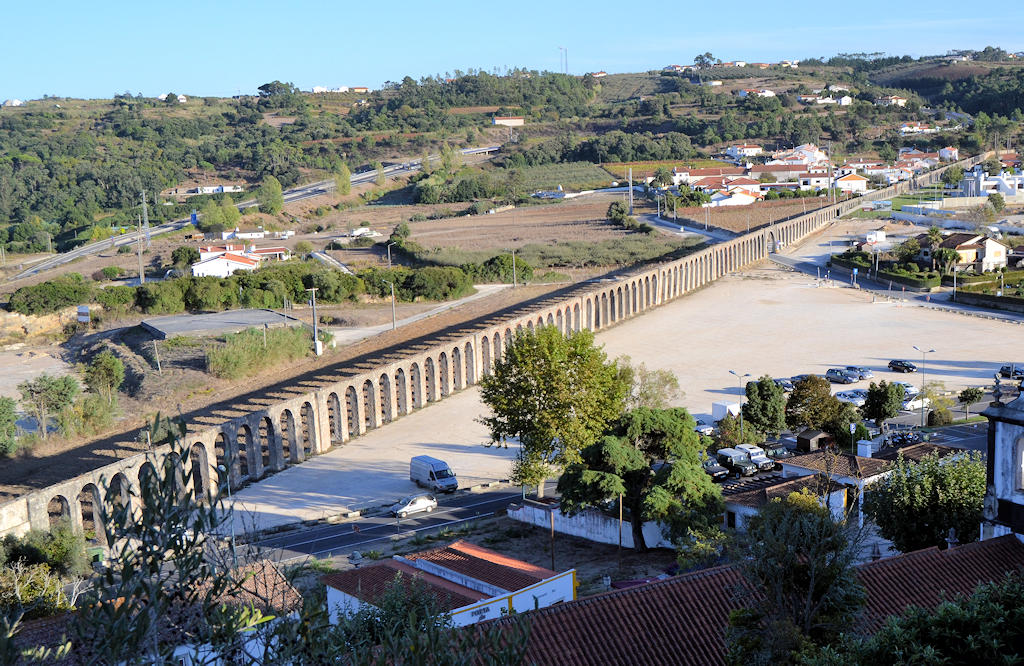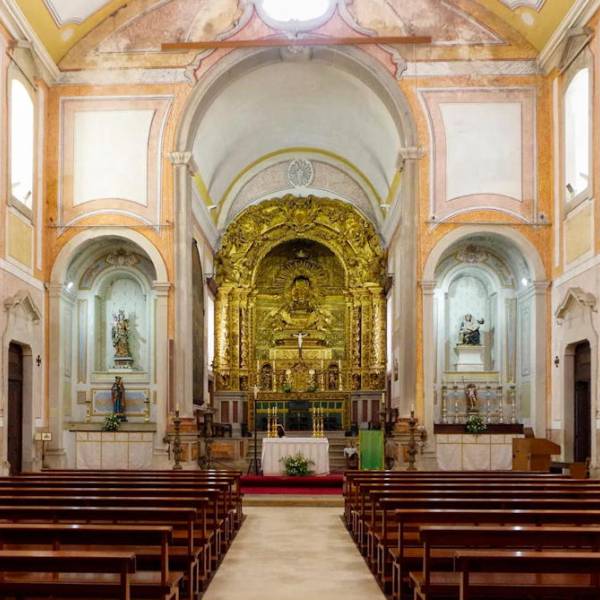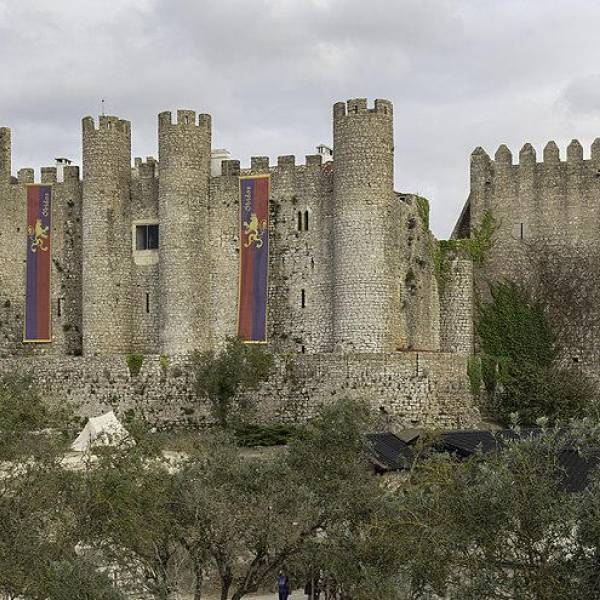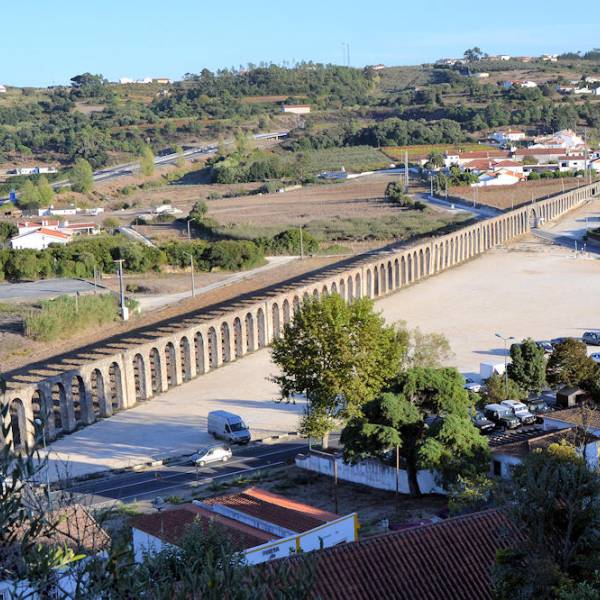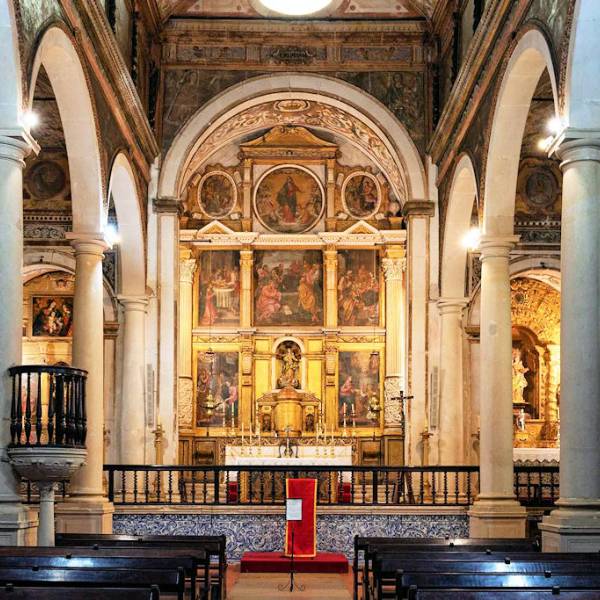The Aqueduct of Óbidos is a fascinating day trip from Lisbon. Marvel at the engineering marvel of this historic aqueduct, which supplied water to the town of Óbidos in centuries past. Explore its impressive arches and learn about its significance in the region's water management and architectural heritage.
Stretching over an impressive distance of approximately 3 kilometers, this remarkable aqueduct served as the water supply system for two prominent fountains: the Mãe de Água, situated adjacent to the town gate (unfortunately demolished in the 20th century), and the Santa Maria Square. A fascinating detail emerges as Queen Catarina personally financed the construction, acquiring in return the ownership of the floodplain, now famously referred to as the Queen's floodplain (Várzea da Rainha). This historical context adds a compelling dimension to the Acueducto de Óbidos, emphasizing the involvement of royalty and the vital significance of water management during that epoch.
The Aqueduto de Usseira showcases remarkable architectural features that have stood the test of time. The arches, constructed using local stone, create an impressive visual impact, and their strategic design ensured the steady flow of water from its source to the town of Óbidos. The aqueduct's gentle slope and cleverly engineered angles showcase the mastery of hydraulic engineering techniques employed during that period.
Lisbon.vip Recommends
The Aqueduto de Usseira is not only an architectural marvel but also an integral part of Óbidos' cultural heritage. It symbolizes the historical and cultural identity of the region, evoking a sense of pride and admiration among locals and visitors alike. The aqueduct's imposing presence and its harmonious integration with the surrounding landscape have made it an iconic landmark, attracting tourists who appreciate its beauty and historical significance.
Over the years, efforts have been made to preserve and restore the Acueducto de Óbidos, ensuring its longevity and safeguarding its historical legacy. Restoration works have focused on maintaining the structural integrity of the aqueduct while preserving its original appearance. These ongoing conservation efforts are essential in ensuring that future generations can continue to admire and appreciate this remarkable piece of engineering and cultural heritage.
The Acueducto de Óbidos, or the Aqueduto de Usseira, stands as a testament to both the engineering achievements of the past and the rich historical heritage of Óbidos, Portugal. Its architectural grandeur and cultural significance make it a must-visit attraction for those interested in history, engineering, and the beauty of ancient structures. The aqueduct's strategic design, impressive scale, and harmonious integration with the surrounding landscape serve as a reminder of the ingenuity and craftsmanship of our ancestors. As we admire its magnificence, we also appreciate the importance of preserving and cherishing these extraordinary historical treasures for generations to come.
Map View


